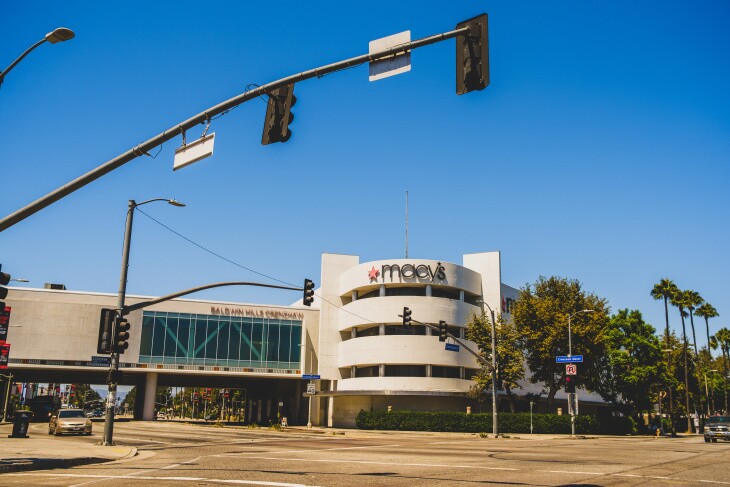Truth matters. Community matters. Your support makes both possible. LAist is one of the few places where news remains independent and free from political and corporate influence. Stand up for truth and for LAist. Make your year-end tax-deductible gift now.
Welcome To The Museum Of Black Art Tucked Away In A Crenshaw Mall
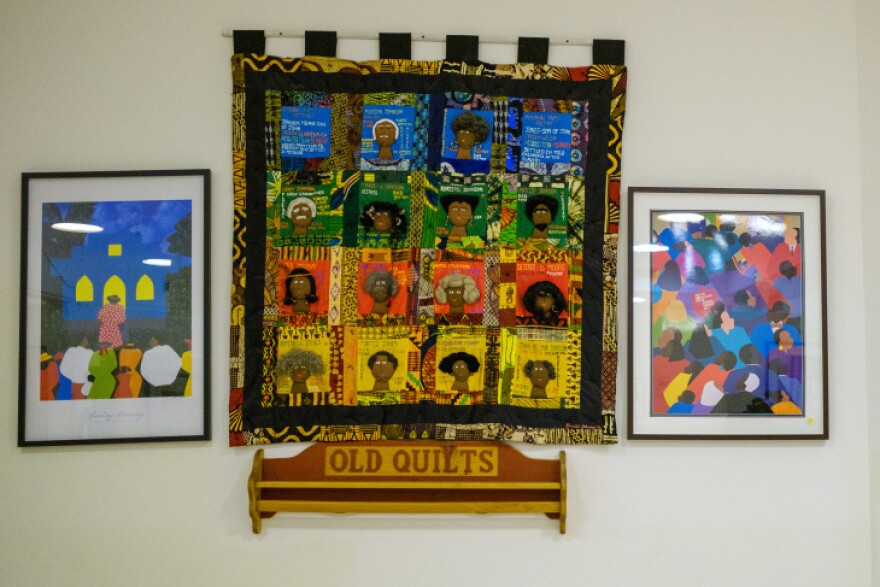
On the third floor of the Baldwin Hills Crenshaw Macy's, past the shiny kitchen appliances and platoon of empty mattresses in the Beautyrest section, you'll spot a sign for the Museum of African American Art. This is the first of the museum's many surprises, and not just to people from outside the neighborhood but to area residents as well.

As I sign the guestbook in the reception area, the doorbell announces a visitor. A woman wanders in with her dreadlocked granddaughter. Her eyes light up, "I didn't know this place was here!" According to museum president Berlinda Fontenot-Jamerson, this is a daily occurrence. "Many people are shopping at Macy's," Fontenot-Jamerson says. "They come up to the third floor to go to the restroom and then they see the sign: 'Oh! I love museums!'"
The granddaughter starts a tentative walk around the museum's polished, softly lit antechamber. She takes in acrylics of ebony female figures — doctors, ballerinas, aviators — in dreamlike friezes, melding with collages of found text. This is just the gallery for rotating exhibitions. Beyond the gift shop filled with African figurines, quilts, daishikis, drums and jewelry, a hallway leads past a small research library into a 5,000-square-foot event space displaying more than 40 holdings from the permanent collection. They include paintings from local luminaries Suzanne Jackson and Charles White mixed with lesser-known artists such as Mississippian William Tolliver and Haitian Gesner Abelard. The only aural accompaniment is the soft rumble of the ventilation system.
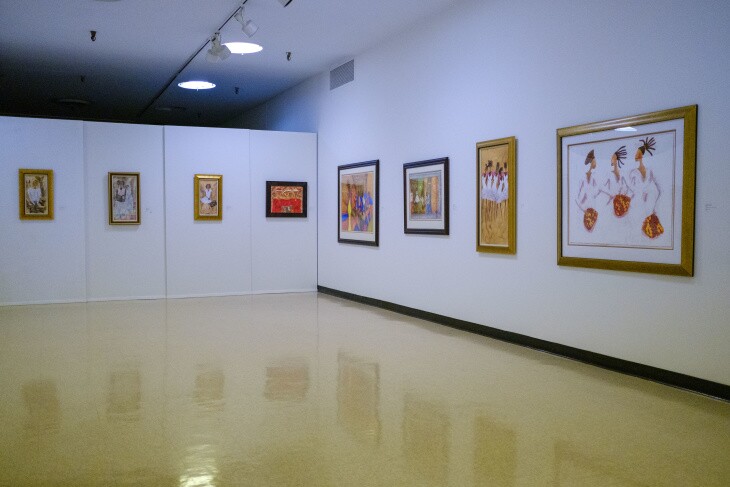
Compared with the popular and well-publicized exhibitions of African-American art at larger local museums — Ernie Barnes at CAAM, Charles White at LACMA and Soul of a Nation at the Broad — the Museum of African American Art has the rarified calm of a monastery.
Out in the main room, a docent shares another eyebrow-raiser: The museum has been in its current location for 42 years. Opened in 1976, America's bicentennial year, MAAA was the culmination of a dream for New Orleans-born painter and professor Dr. Samella Lewis.
In 1970, Lewis resigned her job as an educational coordinator for LACMA, frustrated with the glacial pace of racial inclusion at the county's preeminent art institution. Lewis was a petite powerhouse who had studied under sculptor Elizabeth Catlett at Dillard University, where she was the first African-American woman to earn a doctorate in fine art and art history. She was fluent in Chinese, French and Spanish.
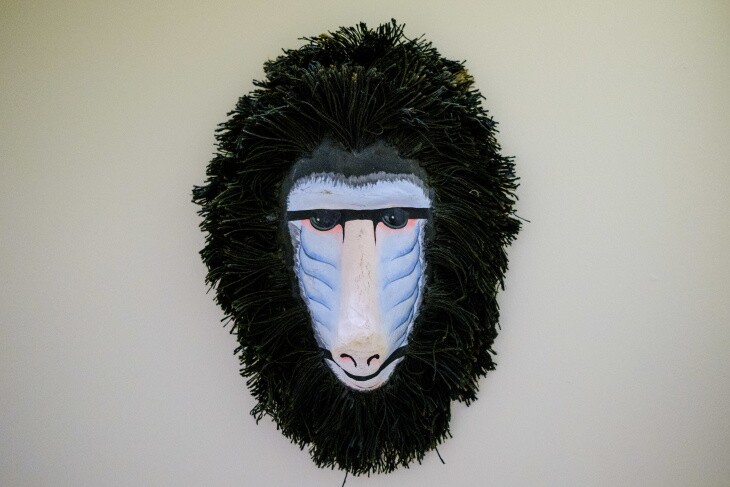
Lewis was also well-known for her outspokenness when it came to Western misrepresentation of black art because she had also lived it, receiving threats from the Ku Klux Klan when she chaired the fine arts department at Florida A&M University.
"Art has been used by the western world for glorification and to subjugate," she told the Los Angeles Sentinel in 1973. "We have allowed white people's myths to cloud our vision. Black art, just like black music, emerges in the white populace only when it has been revamped and made palatable to white tastes. Black art and artists must be recognized as having a style, a culture, a language and a talent that is all their own."
In the 1960s, Lewis and contemporaries of hers such as Jackson, Saar and John Outterbridge, had trouble gaining traction in the art world. Many established galleries wouldn't seriously consider their work and when they did, it was often treated with a certain measure of tokenism. After leaving LACMA, Lewis went into overdrive, starting the Contemporary Crafts Gallery in 1969 with poet and actor Bernie Casey. She also set up an advocacy group called Concerned Citizens for Black Art, launching a program to provide art education in state prisons. She directed short films about fellow artists, set up a publishing company and founded Black Artists on Art magazine — all while being a mother, wife and professor at Scripps College in Claremont.
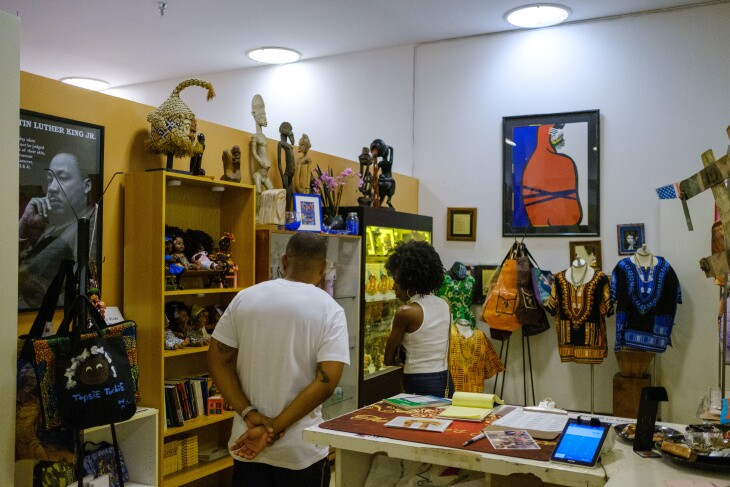
In 1975, she debuted an embryonic version of the Museum of African American Art at 5721 Pico Blvd., where it shared space with an art gallery.
"In its initial phase, the MAAA primarily presented exhibitions off-site," writes Kellie Jones in her recent book, South of Pico. "The parks, libraries, airports, banks, senior citizens, residences and colleges mirrored the spaces carved out by self-made curators earlier in the twentieth century."
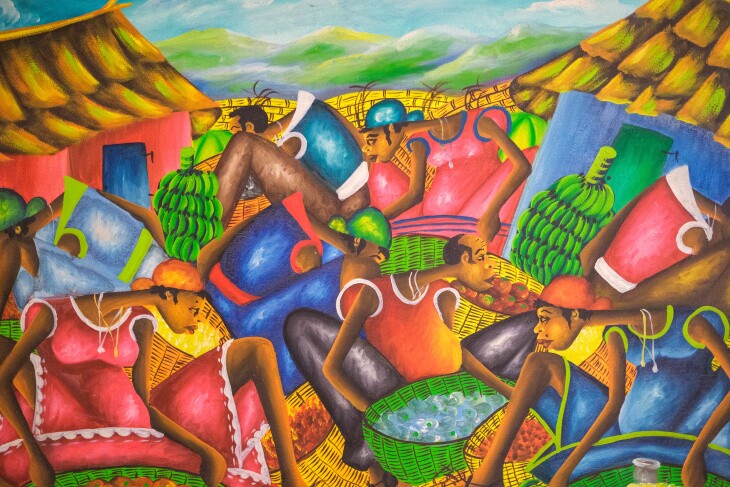
Joined by fellow scholar Mary Jane Hewitt and L.A. City Councilwoman Pat Russell, Lewis lobbied municipal politicians for a non-storefront space that could act as a permanent collection institution.
"This is the first museum of its kind to provide art services to students, scholars, teachers and lay persons concerned with the art and cultural history of the peoples of the African Diaspora," Hewitt told the members of Alpha Kappa Alpha sorority at a 1981 fundraising luncheon. "Its library and archives include thousands of representative works by African and diaspora artists, oral histories, films, studies, books, journals and other reference materials."
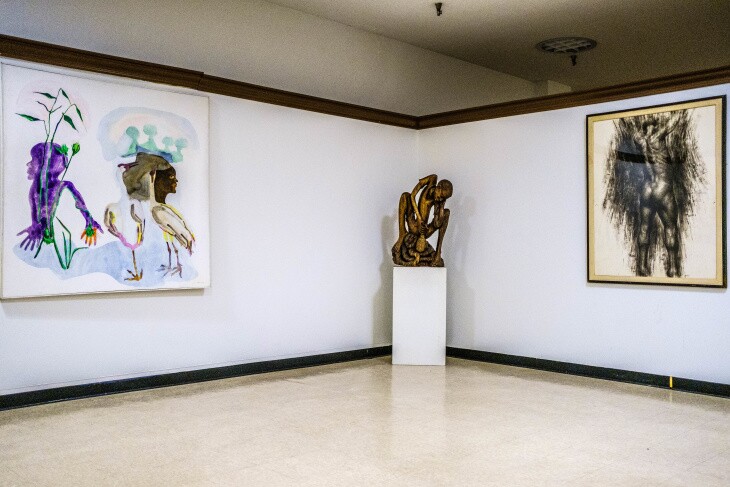
By that time, the MAAA had been bumped from its original location to modest offices on Lincoln Blvd. in Santa Monica. Fortunately, one of Lewis' close friends was Nancy Hanks, then director of the National Endowment for the Arts. She promised to give Lewis $15,000 if the museum could match the grant.
In a startlingly short amount of time, Lewis and her co-organizers brought the Dance Theatre of Harlem to the Pasadena Civic Auditorium for a gala fundraiser attended by Maya Angelou, Quincy Jones and Sidney Poitier. Around the same time, a board member from the May Department Store Company reached out to Lewis and offered her a 7,000-square-foot space on the third floor of its Crenshaw branch. The rent: one dollar.
The Museum of African American Art had its gala opening on June 29, 1984, with the group retrospective "Artists of the Thirties and Forties." The massive exhibition showcased works by Margaret Burroughs, Jacob Lawrence, Gordon Parks and Hale Woodruff. The museum was part of a growing multiracial effort by civic leaders, local politicians, prominent private citizens and the artists themselves to make up for decades of neglect for African-American history and culture. Unsurprisingly, Lewis and her all-volunteer staff at MAAA consulted on an early incarnation of the California African-American Museum.

In 1984, Lewis left her position at Scripps to devote herself full-time to the MAAA. Her efforts paid off. In less than a year, the museum made its first major acquisition, more than 250 paintings by Palmer C. Hayden, a Harlem Renaissance artist who supported himself as a mail carrier and a custodian. Hayden's widow chose the small gallery on the third floor of a department store because, according to Lewis, "She felt the Smithsonian would not do them justice."
Despite her flair for grassroots organizing, Lewis understood the importance of the marketplace in garnering support for her museum. "Being located in the May Company is good because people can shop and go to the museum at the same time," she told the Los Angeles Sentinel's Michael Taylor at the Hayden collection's opening reception.

More than four decades later, Lewis, now 95, is still active on the art scene. In 2016 she had a one-woman show in her hometown of New Orleans. Her successor, Fontenot-Jamerson, came to the museum in 1994 from the world of corporate fundraising, a valuable skillset given the shifting neighborhood tectonics propelled by the new $2 billion Crenshaw Metro line and a Chicago-based investment group's plans to overhaul the Baldwin Hills mall with luxury condos, hotels, and restaurants.
Fontenot-Jamerson confirms that Macy's owns the building and still rents space to the museum at a discount. She hopes the MAAA can evolve with the gentrifying neighborhood, perhaps acquire a brick-and-mortar building of its own on Crenshaw Boulevard. (The flipside of this situation is the troubled Mayme A. Clayton Library and Museum, which lost its Culver City location on July 31.) She estimates the MAAA draws around 1,000 visitors per year, including school groups from as far away as Japan and Sweden.
"We're only open four days a week," says Fotentot-Jamerson. "We don't get the giant dollars but we get the steady dollars. Figuring out how to work within our constraints, that's our secret."
